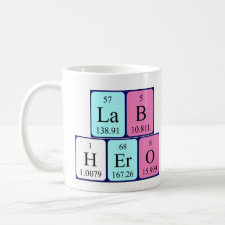
Authors: Zdyrko B, Hoy O, Kinnan MK, Chumanov G, Luzinov I
Article Title: Nano-patterning with polymer brushes via solvent-assisted polymer grafting.
Publication date: 2008
Journal: Soft Matter
Volume: 4
Issue: (11)
Page numbers: 2213-2219.
DOI: 10.1039/b810038a
Abstract: We report surface patterning on the nanolevel with the "grafting to" approach carried out at relatively low temperatures (40 degrees C). Low grafting temperatures were achieved via solvent-assisted grafting and allowed the use of the developed approach for surface templating in a variety of ways. Specifically, two examples of the patterning are discussed. A poly-2-vinylpyridine, P2VP surface pattern was created by a combination of capillary force lithography and the solvent-assisted grafting. Silver nanoparticle arrays were created and transferred into a silicon matrix employing the P2VP pattern. Solvent-assisted grafting was also a suitable technique for manipulating thermolabile objects, e. g. proteins. Protein molecules were imprinted via the grafting. Rebinding experiments showed preferential protein adsorption onto the imprinted surface relative to a non-imprinted control sample
Template and target information: protein



Join the Society for Molecular Imprinting

New items RSS feed
Sign-up for e-mail updates:
Choose between receiving an occasional newsletter or more frequent e-mail alerts.
Click here to go to the sign-up page.
Is your name elemental or peptidic? Enter your name and find out by clicking either of the buttons below!
Other products you may like:
 MIPdatabase
MIPdatabase









